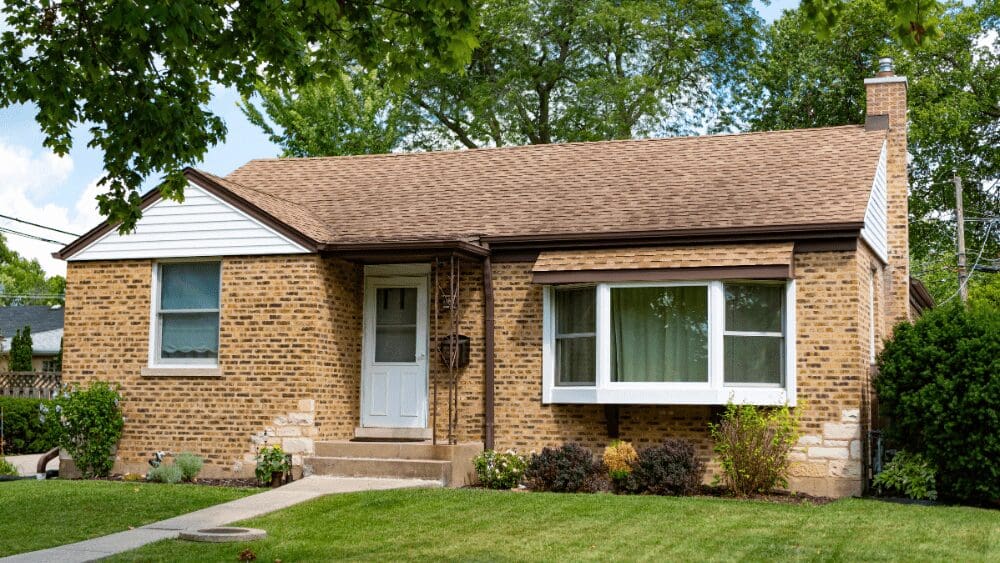
Balancing the sale of your old home with purchasing a new one in Washington state can be tricky, especially in a market where homes are scarce and prices are high. You might feel cornered into selling first and then facing the hassle of finding a temporary place to stay while you search for your next home. However, there’s a solution that could simplify this complex situation: a bridge loan. This short-term financing option is designed to help you bridge the gap, allowing you to buy your new home in Washington state before you’ve sold your current one. Let’s explore how a bridge loan could perfectly fit your home-buying and selling journey. A bridge loan is like a financial stepping stone in real estate. It’s a short-term loan that helps you, the homeowner, manage the transition of buying a new home while you’re still selling your current one. It taps into your existing home’s equity, providing you with the necessary funds for a down payment and covering closing costs on your new property. While bridge loans are generally more expensive than traditional mortgages, they offer a swift and convenient solution, enabling you to purchase your new home without waiting for your old home to sell. Also known as bridging loans, swing loans, or gap financing, these loans are designed to ‘bridge’ the financial gap during your home transition. Imagine you’re a homeowner in Washington state, ready to move into your dream home, but your current house hasn’t sold yet. This is where a bridge loan comes into play. It’s designed to use the equity from your existing home to help cover your new home’s down payment and closing costs, bridging the financial gap between buying and selling. The lender working with you on your new mortgage will often manage your bridge loan. They’ll typically require that your current home is actively listed for sale and will offer the bridge loan for a period ranging from six months to a year. An important factor in this scenario is your debt-to-income ratio (DTI). Lenders will calculate this by considering the payments on your existing mortgage, your new home, and any interest-only payments on the bridge loan. This calculation helps the lender assess your ability to handle payments on both properties simultaneously, a crucial consideration in case your current home doesn’t sell immediately. In some cases, if your old home is already under contract with a buyer who has secured loan approval, the lender might only factor in the mortgage payment for your new home. This flexibility can be a significant relief, ensuring you’re not overstretched financially during the transition period. In Washington state, a bridge loan can offer several advantages, making your home-buying experience more flexible and less stressful. Here are some key benefits: These benefits make a bridge loan a practical solution for Washington state buyers who need financial flexibility before selling their previous home, allowing them to comfortably transition to their new home. While a bridge loan can offer significant advantages in your home-buying and selling journey, it’s important to know its potential drawbacks. Here are some key considerations: Understanding these drawbacks is crucial in deciding whether a bridge loan is the right financial tool for your situation. A bridge loan isn’t always the go-to option for every home sale or purchase, but it can significantly ease the transition from your old home to a new one in certain scenarios. Here are some situations where a bridge loan might be particularly beneficial:What is a bridge loan, in simple words?
How does a bridge loan work in Washington State?
What are the benefits of a bridge loan in Washington State?
What are the drawbacks of a bridge loan?
When is a bridge loan a good solution?



